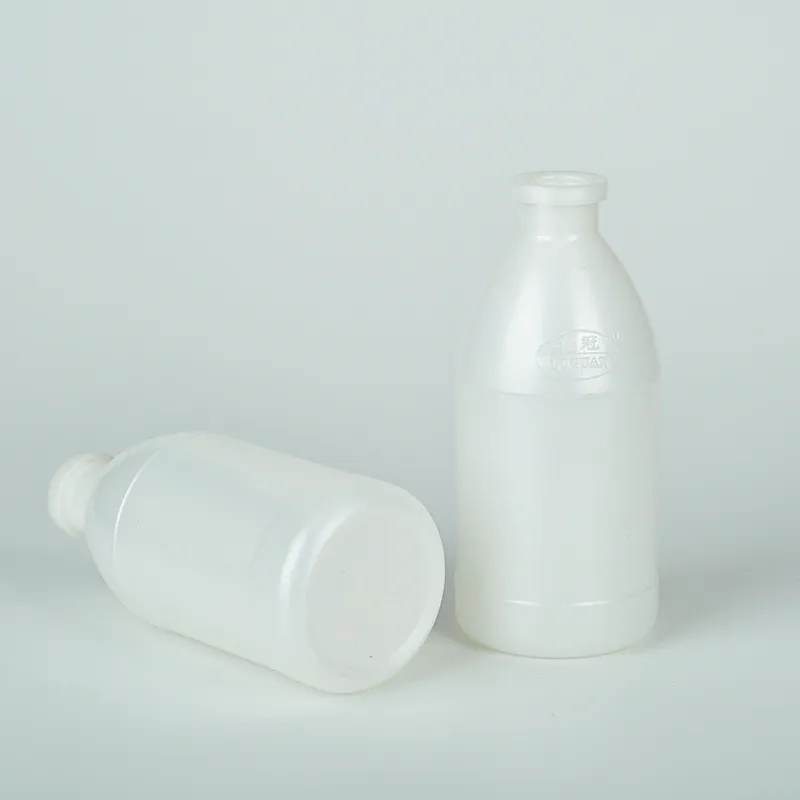https://www.wahmg.com/)">
Innovative Miniature Spoons for Convenient Serving in Various Occasions and Events
Innovative Miniature Spoons for Convenient Serving in Various Occasions and Events
The Marvel of Tiny Disposable Spoons Convenience Redefined
In today's fast-paced world, convenience often takes precedence in our daily lives, and tiny disposable spoons are a perfect embodiment of this trend. These small utensils, typically made from plastic or biodegradable materials, have become ubiquitous in various settings, from cafes and ice cream shops to food catering events and picnics. Amidst growing environmental concerns, their origin and rising popularity highlight both practicality and innovation.
A Brief History and Evolution
Disposable utensils, including tiny spoons, emerged in the mid-20th century as the demand for convenient meal solutions increased. While early versions were often criticized for contributing to plastic pollution, recent innovations are shifting the narrative. Manufacturers now focus on creating eco-friendly disposable spoons made from compostable materials such as cornstarch, bamboo, and other plant-based substances. These advancements reflect a growing awareness of environmental issues and a desire to reduce waste without sacrificing convenience.
Practical Uses in Everyday Life
The charm of tiny disposable spoons lies in their versatility. They are the perfect accompaniment for desserts like gelato, parfaits, and mini cups of pudding. Their small size allows for easy handling, making them ideal for portion control—crucial for those watching their diet or indulging in calorie-rich treats. Additionally, these spoons find utility at parties and events, where guests may want to sample a variety of dishes without being burdened by a full-sized cutlery set. Whether it’s a child's birthday party with an array of colorful ice creams or a sophisticated dessert bar at a wedding, tiny disposable spoons enhance the experience by adding a touch of whimsy.
Eco-Friendly Innovations
tiny disposable spoons

As environmental consciousness rises, the disposable spoon industry has undergone significant changes. Eco-friendly options such as biodegradable and compostable materials aim to address the pressing issue of plastic pollution. For instance, companies are now producing spoons made from sugarcane pulp or bamboo, which are not only stylish but also decompose within a reasonable time frame after disposal. This shift is critical as it aligns with consumers' growing preference for sustainable products, allowing people to enjoy the convenience of disposables without the guilt of harming the planet.
Challenges and Considerations
Despite the advancements, challenges remain. One of the primary concerns surrounding tiny disposable spoons is the durability of biodegradable materials, which may not always withstand hot temperatures or heavy foods. Consumers and businesses must balance convenience with functionality, ensuring that products do not compromise the dining experience. Furthermore, the need for effective waste management systems is paramount. Even biodegradable items require proper disposal methods to fully decompose, highlighting an ongoing challenge in the fight against pollution.
The Future of Tiny Disposable Spoons
The future of tiny disposable spoons looks promising as innovation continues to drive the market. Many companies are researching new materials and manufacturing processes to enhance the sustainability and practicality of these utensils. Partnerships among businesses, governments, and environmental organizations may further propel this industry toward a greener future. As more events and restaurants seek to adopt eco-conscious practices, tiny disposable spoons will play a significant role in redefining the dining experience.
In conclusion, tiny disposable spoons represent a fascinating intersection of convenience and sustainability. As we navigate a world that demands practicality while also confronting pressing environmental challenges, these small yet significant utensils continue to serve a purpose. With ongoing innovations and a commitment to eco-friendly practices, tiny disposable spoons are set to remain a beloved staple in our dining rituals, offering a delicious blend of fun and responsibility.
-
Wholesale Plastic Juice Bottles with Caps 16 oz Options Available Bulk Packaging SolutionsNewsJun.10,2025
-
Laboratory Apparatus Reagent Bottle – Durable & Chemical Resistant Bottles for Safe StorageNewsJun.10,2025
-
Squeezable Dropper Bottles Durable, Leak-Proof & CustomizableNewsMay.30,2025
-
Affordable Plastic Petri Plates Sterile & Disposable Lab-GradeNewsMay.30,2025
-
Eye Dropper Caps Precision 24/410 & Plastic Bottle-Compatible TipsNewsMay.30,2025
-
Affordable Mini Spray Bottle Price & Wholesale Deals Shop NowNewsMay.29,2025





















